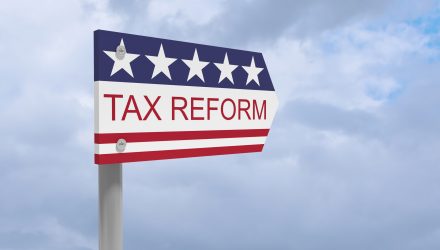Closer inspection reveals that by rating, the majority of CCC companies exceed the 58% threshold, while most BB and B rated issuers do not exceed the threshold. This may imply that highly-levered CCC companies could experience a larger wave of defaults than previously expected prior to the new tax plan. In contrast, less-levered BB and B rated issuers may experience upgrades as they could become more profitable under the new plan. Relatedly, if one were to divide the high yield market into two segments, one comprised of higher-rated higher-quality bonds and another comprised of lower-rated lower-quality bonds, the higher-rated segment of the market might perform better than the lower-rated segment of the market under the new tax regime. As such, investors may want to reevaluate how they gain exposure to the high yield market.
On the one hand, investors might be interested in maintaining full exposure to the high yield market since most companies may benefit from the new tax plan. On the other hand, investors may desire to tilt their portfolios away from lower-rated high yield issuers and towards higher-rated high yield issuers. Combinations of various high yield bond ETFs may enable investors not only to maintain full exposure to the high yield market, but also to tilt their portfolios towards different segments of this market. Ultimately, this speaks to the ever improving access, transparency, and efficiency that ETFs bring to the historically opaque high yield bond market.
If you would like to receive future Xtrackers blog posts, please subscribe.
3. This observation and the 58% threshold assume no capex deductions, zero values for depreciation and amortization, and ignore any other company-specific effects of the new tax plan. 4. Not all issuers of debt held by our US high yield bond ETF are publicly traded. Statistics cited in this blog are approximate since they are based solely on the publicly-traded ultimate-parent companies associated with bonds held by the ETF.
All credit ratings referenced are using S&P’s rating convention.
